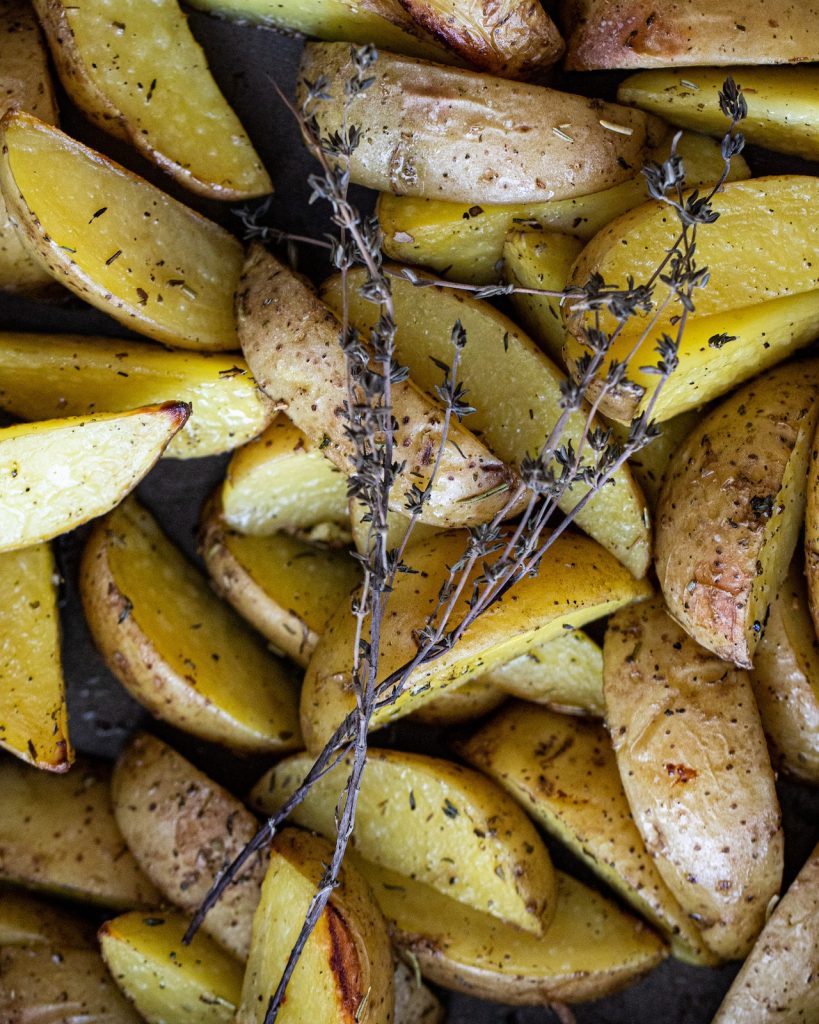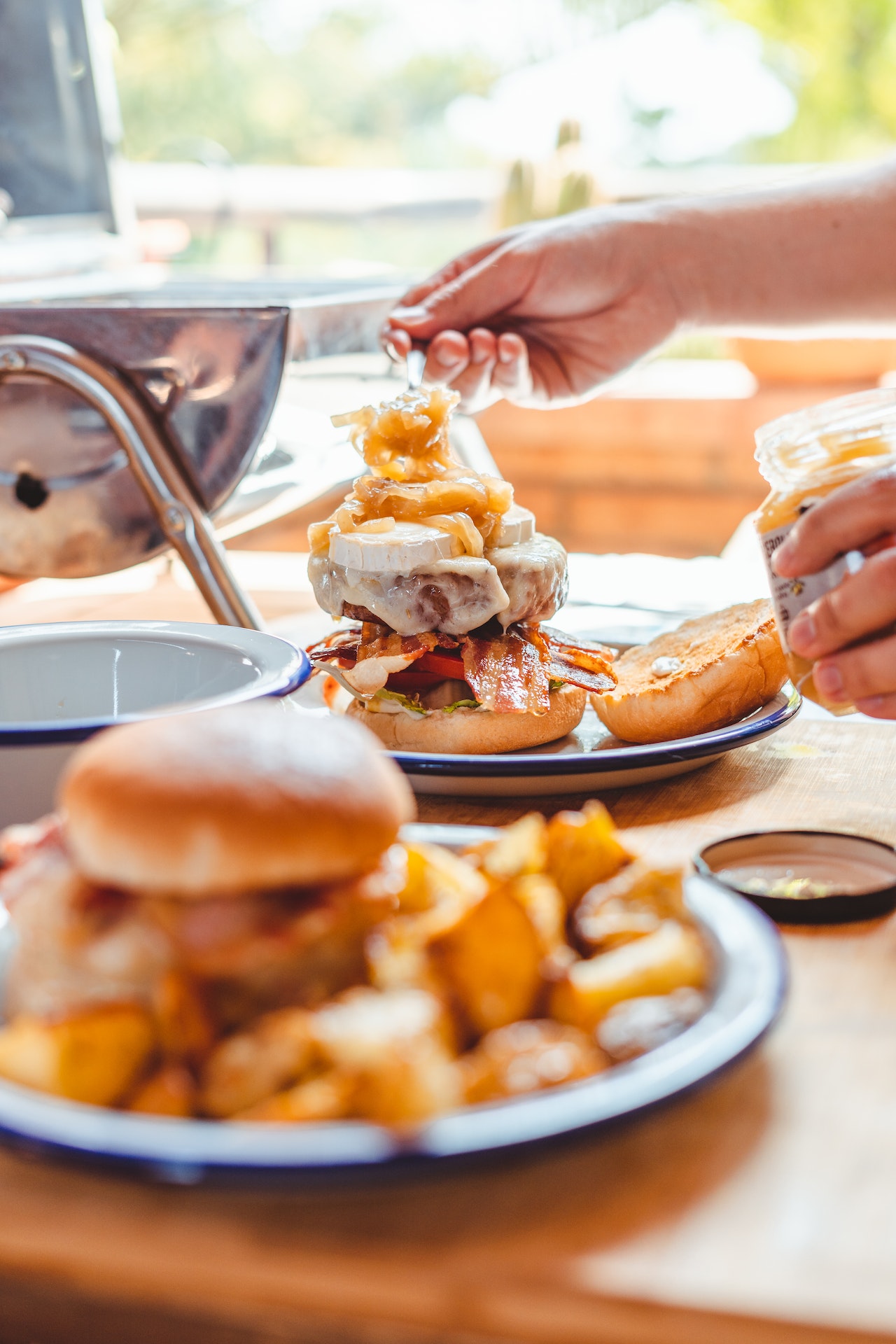Rösti, a popular dish of fried shredded potatoes often topped with a fried egg, bacon, and cheese, is the traditional hiking food in Switzerland. This hearty dinner is available at many mountain lodges and restaurants throughout the year. I enjoy it, but it is frequently so rich that I feel as if I will pass out after eating it. This is a dinner for farmers who have spent the entire day herding livestock and manufacturing cheese.
While curating this recipe, I did some digging into some cookbooks with rösti recipes to help with mine. I was sifting through a sea of shoddy recipe research when I came across a handful of websites that seemed to suggest that rösti should be made with cooked potato, but I was having difficulties verifying it. Luckily a coworker of mine is Swiss-German, so I put a call through to her to confirm this. Luckily, the mother of one of my closest friends is Swiss-German, so I called her.
She immediately affirmed that a cooked-potato base should be used while making rösti. She explained to me, making it obvious that the underlying idea was that real rösti was made from cooked potato, that raw potato was like a “newer version,” and that her mother would make that as well, but she would call it raw rösti. I can attest that rösti made with cooked potato is noticeably different from that made with raw potato after testing both cooked and raw potatoes for this recipe.
Next, I had to choose whether to boil the whole and skin-on or not. I also decided to do some testing and trial on this. I discovered that as long as you don’t cook the potatoes for so long that the skins split, cooking the potatoes whole with skin on prevents excess water from seeping into the flesh, resulting in a cooked potato that is dry enough to grate and prepare.
If you would love to include some add-ins in your rösti, feel free to do so. But I’d advise you to cook them first. Then, add half of the potato shreds to the skillet, followed by a layer of the cooked add-in and a final layer of potato. By doing this, the add-in is sandwiched inside the rösti, keeping it from burning as the rösti’s surface is thoroughly browned.
Ingredients
● 450g Yukon Gold Potatoes (about two medium-sized potatoes)
● Kosher salt
● six tablespoons (90g) unsalted butter, divided
Directions
1. Cover potatoes with cold water in a medium saucepan or small pot. Season liberally with salt and bring to a boil. Continue to cook at low heat until the potatoes can be pierced with a paring knife, about 25 minutes; don’t overcook them, or the skins will break. Allow potatoes to cool to room temperature before covering and refrigerating for at least 8 hours and up to 3 days. Peel cold potatoes when ready to cook.
2. Grate peeled, cooked potatoes into a mixing bowl using the big holes of a box grater. Season with salt and pepper to taste, then whisk to blend.
3. Melt three tablespoons (45g) butter in a 10-inch nonstick, carbon steel, or cast iron skillet over medium-high heat until foaming. Form the potatoes into an even disc approximately 1 inch thick with a flexible spatula. Cook until the bottom is deep golden brown and crisp, about 10 minutes; reduce heat if necessary to prevent burning.
4. Remove the rösti from the skillet and place it on a wide plate. Place a second plate on top and flip to invert the rösti. Return to skillet, add the remaining three tablespoons (45g) butter, and cook, using the spatula to round the sides and form an even disc, until deep golden brown and crisp on the second side, about 10 minutes more; increase the heat as needed to ensure even browning but avoid scorching. If desired, fold and press any crispy parts that fall off the rösti back into it, coaxing the disc back to its round shape using the spatula.
5. Slide the rösti onto a serving platter and serve.
